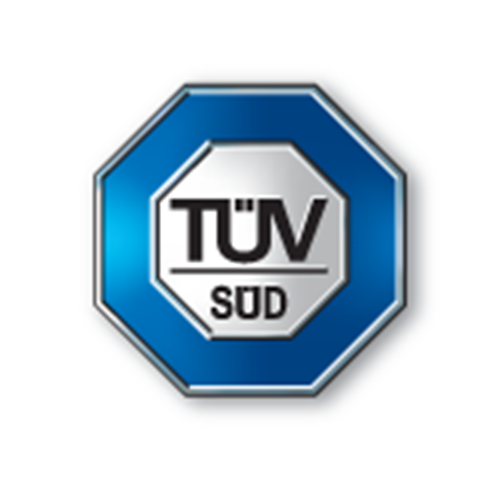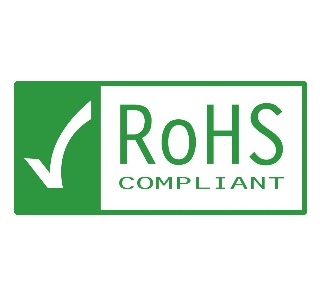
ISO9001 / ISO14001/ AECQ-200
Product quality and customer service is the prime focus of Mercury Electronics and the quality accreditations of ISO9001/IATF 16949 and ISO14001 reflect this.
- Our main industry sectors are Commercial , Industrial and Automotive
- We offer consistent product quality
- Qualification data
- Reliability Test data
- Continual improvement of product and processes

EU RoHS Directive 2015/863/EU
Mercury Electronics Policy on RoHS Directive
EU legislation restricting the use of hazardous substances in electrical and electronic equipment (EEE) and promoting the collection and recycling of such equipment has been in force since February 2003. The legislation provides for the creation of collection schemes where consumers return their used waste EEE free of charge. The objective of these schemes is to increase the recycling and/or re-use of such products. The legislation also requires certain hazardous substances (heavy metals such as lead, mercury, cadmium, and hexavalent chromium and flame retardants such as polybrominated biphenyls (PBB) or polybrominated diphenyl ethers (PBDE)) to be substituted by safer alternatives. Waste EEE poses environmental and health risks if inadequately treated. The RoHS and WEEE directives on electrical and electronic equipment were recast in 2011,2012 and 2015 to tackle the fast increasing waste stream of such products. The aim is to increase the amount of waste EEE that is appropriately treated and to reduce the volume that goes to disposal.
Mercury have a policy of maintaining regular reviews on their products to ensure full compliance with the latest RoHS directive 2015/863/EU.
All products supplied by Mercury are fully compliant with current regulations.

REACH Directive
REGULATION (EC) No 1907/2006 CONCERNING THE REGISTRATION, EVALUATION, AUTHORISATION AND RESTRICTION OF CHEMICALS (REACH)
Mercury Electronics confirms that none of its products or packaging contain any of the 169 Substances of Very High Concern (SVHC) on the REACH Candidate List, shown below, in a concentration above the 0.1% by weight allowable limit. See statement for details.
No. Substance CAS No.
1 Anthracene 120-12-7
2 4,4'- Diaminodiphenylmethane (or methylene dianiline) 101-77-9
3 Dibutyl phthalate (DBP) 84-74-2
4 Cobalt dichloride 7646-79-9
5 Diarsenic pentaoxide 1303-28-2
6 Diarsenic trioxide 1327-53-3
7 Sodium dichromate, dihydrate 7789-12-0
8 5-tert-butyl-2,4,6-trinitro-m-xylene (musk xylene) 81-15-2
9 Bis (2-ethylhexyl)phthalate (DEHP) 117-81-7
10 Hexabromocyclododecane (HBCDD) 25637-99-4
11 Alkanes, C10-13, chloro (Short Chain Chlorinated Paraffins) 85535-84-8
12 Bis(tributyltin)oxide (TBTO) 56-35-9
13 Lead hydrogen arsenate 7784-40-9
14 Benzyl butyl phthalate (BBP) 85-68-7
15 Triethyl arsenate 15606-95-8
16 Anthracene oil 90640-80-5
17 Anthracene oil, anthracene paste, distn. lights 91995-17-4
18 Anthracene oil, anthracene paste, anthracene fraction 91995-15-2
19 Anthracene oil, anthracene low 90640-82-7
20 Anthracene oil, anthracene paste 90640-81-6
21 Coal tar pitch, high temperature 65996-93-2
22 Acrylamide 79-06-1
23 Aluminosilicate, refractory ceramic fibres
24 Zirconium aluminosilicate refractory ceramic fibres
25 2,4-dinitrotoluene 121-14-2
26 Di-isobutyl phthalate 84-69-5
27 Lead chromate 7758-97-6
28 Lead chromate molybdate sulphate red (C I Pigment Red 104) 12656-85-8
29 Lead sulfochromate yellow (C I Pigment Yellow 34) 1344-37-2
30 Tris (2-chloroethyl) phosphate 115-96-8
31 Trichloroethylene 79-01-6
32 Boric acid 10043-35-3 and 11113-50-1
Component Obsolescence Notices
As components reach end of life and are likely to become unavailable a notice detailing such is available here.
- There are currently no components of relevance that qualify for obsolescence

Copyright © 2025 Mercury Europe - Blacknell Lane, Crewkerne, Somerset, UK, TA18 7HE
A Website by Wattle



 PREVIOUS
PREVIOUS